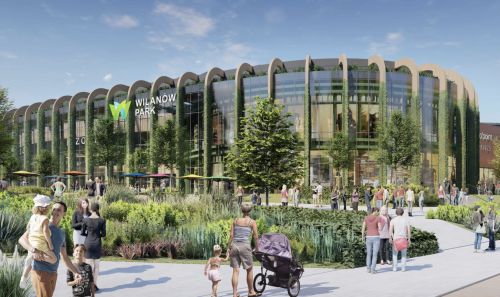These days, when planning a new office building, space is nearly always reserved on the ground level for retail along with a few restaurants and cafés, because it is regarded as a major selling point to potential tenants if their employees can nip out to the shops or lunch during breaks. However, there are some offices that don’t have just a cosy café or a convenience store on the ground floor. Some have actual shopping centres in their buildings.
Globalworth, although predominantly an office investor, is also the owner of buildings that have a large retail component, such as Hala Koszyki in Warsaw and Renoma in Wrocław. “We believe that our unique and highly specialised range of stores in each of our mixed-use projects that contain retail, food and other services plays a vital role in the overall perception of the building by our office tenants,” insists Maciej Gołębiewski, the asset management and leasing director of Globalworth Poland. The same co































































